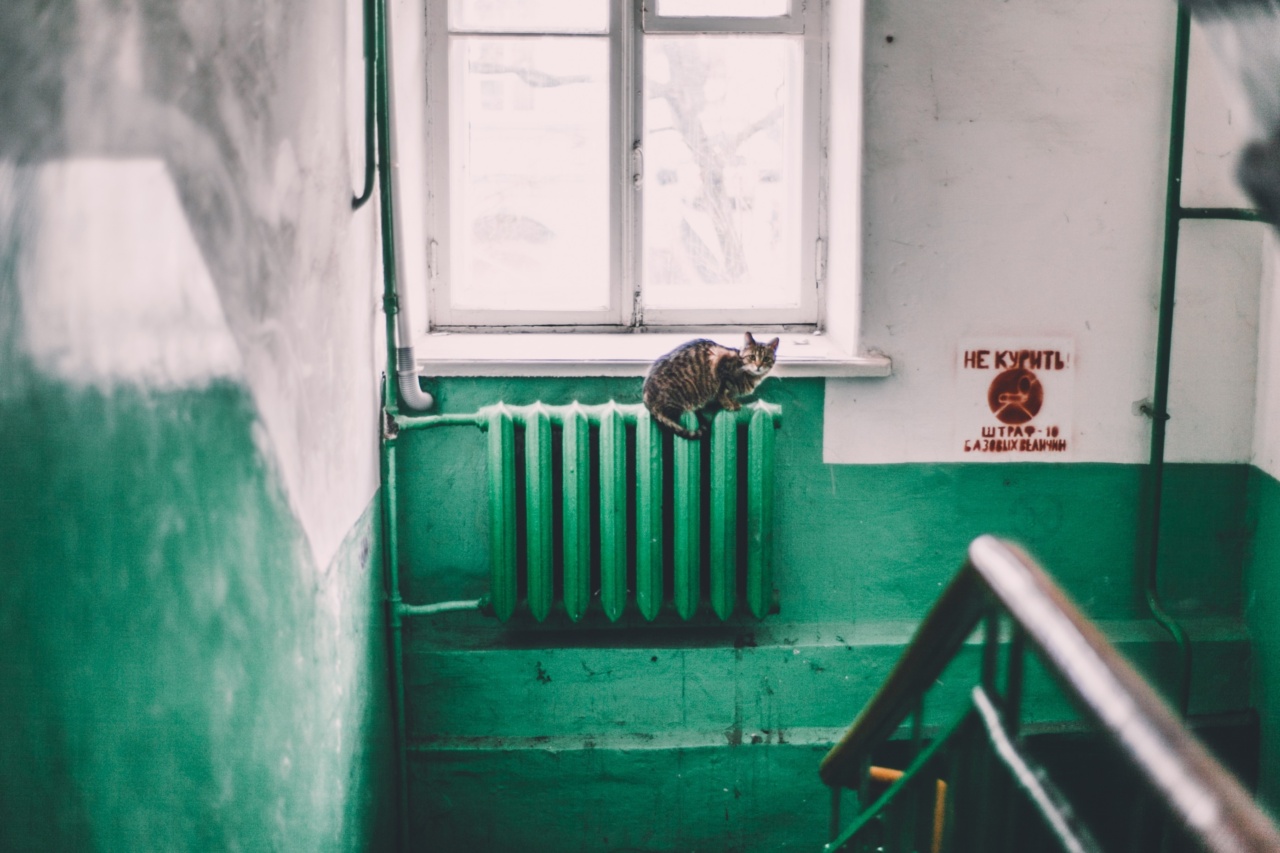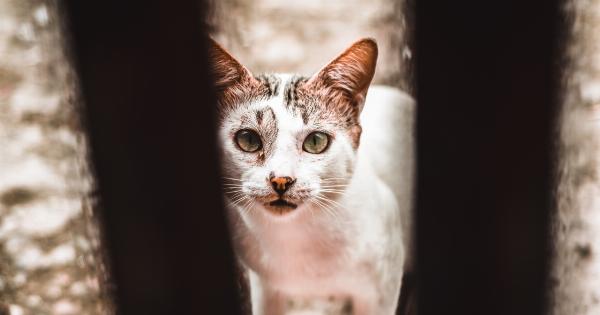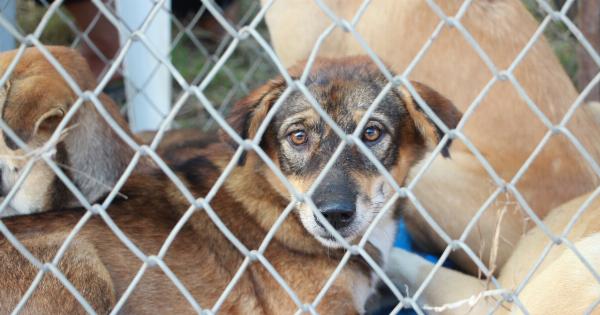Stray animals have been a significant issue in many cities and towns across the world for many years. Without proper care and attention, these animals can become a nuisance to society.
However, this problem is not limited to just cats and dogs roaming the streets but also livestock animals that escape from farms and create hazards on highways. The best solution to managing this problem is by drafting comprehensive animal welfare policies and legislation. One of these is the Pet Bill – legislation that is currently under public consultation in several countries.
In this article, we will look at the Pet Bill and how it relates to the issue of stray animals.
What is the Pet Bill?
The pet Bill – generally speaking – is a proposal for the formal regulation of the pet industry, which is designed to address concerns of pet ownership, animal cruelty, and pet waste.
Among other things, it provides guidance on animal welfare, regulation of pet food, licensing of pet stores, and the sale of pets. The pet bill aims to promote responsible ownership of animals and improved public health and safety.
What is the Purpose of the Pet Bill?
The primary purpose of the Pet Bill is to encourage responsible pet ownership and prevent abuse of pets. It is also intended to regulate the sale of pets and the importation of pets to ensure that they receive proper care and attention.
The Pet Bill will help to prevent stray animals in public spaces and control overpopulation through spaying and neutering services provided for such animals.
What are the Key Features of the Pet Bill?
The key features of the Pet Bill include: defined responsibilities for pet owners; rules for the sale of pets through licensed outlets only; the inclusion of animal welfare provisions; regulations around pet transport and travel; pet ownership registration and proposal to establish a National Pet Register; promoting pet safety and provisions on the disposal of animal waste.
How Does the Pet Bill Relate to Stray Animals?
The Pet Bill is key to addressing the problem of stray animals in cities and towns. The regulations in the Pet Bill ensure that pet ownership is properly controlled and managed.
It is ensures that animal welfare standards are met, and pets are appropriately registered and paid for. The bill promotes responsible ownership of pets, thereby reducing the population of stray animals. This reduction is achieved by enforcing strict laws around pet sterilization and encouraging all pet owners to spay and neuter pets.
The Importance of Public Consultation in the Pet Bill
A key element of developing effective animal welfare policies and laws is public consultation. As part of policymaking, a public consultation is a process of obtaining input from individuals and organizations directly affected by changes to regulations.
As the Pet Bill is under public consultation, it provides an opportunity for citizens to have their say and make their contribution to improving animal welfare policies. Therefore, the public consultation will be valuable in capturing feedback from stakeholders, including pet owners, veterinary associations, animal welfare societies, and industry associations.
What to Expect from the Public Consultation?
During the public consultation, citizens will be able to provide their views on the proposed changes. There has been a provision created for online feedback to encourage a broader range of people to contribute to the input.
The public consultation will be looking for feedback on whether or not the bill will adequately address peti-related issues in the country, what impact it will have on pet-related industries and if pet owners are willing to comply with new laws and regulations.
The Benefits of the Pet Bill
The primary benefit of the Pet Bill is that it encourages responsible pet ownership and promotes the welfare for animals. As discussed, the bill will reduce the number of stray animals in urban areas and promote long-term maintenance of pet numbers.
It will also increase regulations, which provide controls over the sale of pets, which is aimed at fighting puppy mills and pet smuggling. This will prevent the spread of infectious diseases, besides protecting unsuspecting pet purchasers. The Pet Bill will also help to raise public awareness of animal welfare and creates avenues towards curbing animal cruelty.
Conclusion
The Pet Bill is crucial in managing the issue of stray dogs, cats, and livestock animals in public spaces. It is essential to promote pet welfare through responsible and lawful pet ownership.
Create more effective outreach programs that educate the public on animal welfare, and creating more significant regulations that penalize cruelty towards animals. Public consultation of the Pet Bill is another vital step in ensuring that responsible regulations and laws are enacted for the betterment of the society and animals that inhabit them.































